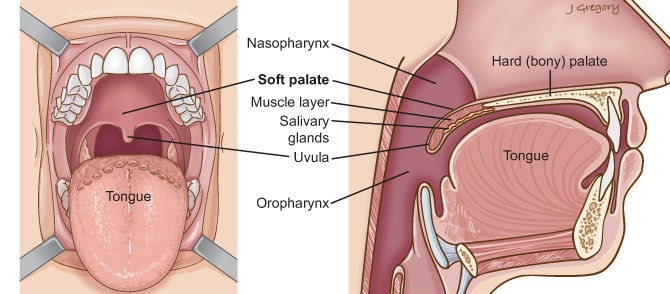Basic, But Abstruse: Classical Vocalization

One of the easiest things that humans can do is to breathe. Humans breathe unconsciously with their lungs, for the sake of providing oxygen through vascular systems, thus energy. Simply put, we breathe, for the sake of survival. However, classical vocalists ‘consciously’ have to rely on breathing, because, as world vocalist Sesto Bruscantini said, "The measure of how well you sing comes from how well you breathe." To verify this, we have interviewed a famous Korean tenor In Ho Sohn, a professor of Gangnam University and Chung-Ang University.
Bel Canto Singing Method
Bel Canto, the Italian singing method that has revealed itself in the 16th century, means "beautiful singing". The key to Bel Canto is Vomito, meaning ‘vomiting’. In order to sing smoothly, the part called vocal cords, which are located below the epiglottis have to open widely. This is because as the vocal cords open, the larynx descends and allows one to inhale more air. Usually, when we yawn, vocal cords open for few seconds. However, for singing, we want vocal cords to open continually, and this happens when we vomit; Vomito indicates that we have to sing as if we vomit, and this is done by lifting the soft palate. When the soft palate is lifted properly, the uvula leans backward and the vocal cords open. We now have the space that will allow the maximum resonance of the sound we generate, like a trumpet. This is the ready position for singing.
Costal Respiration
Soprano and alto, the female parts in choir, use costal respiration. First, stand up straight, place your legs shoulder-width apart, and expand the chest. Then, take a deep breath, in a normal way. As you do so, your shoulders will be lifted up, and your chest will proceed forward. When you feel that your breath is nearing your trachea, the lower part of the throat, stop breathing. As you stop breathing, use the back muscles, the muscles up from your shoulders down to your hip. By straining the air that you just inhaled with these muscles, the air inside your lung becomes pressurized and fabricates the sound. This enables you to sing longer. This is the same logic as shooting an arrow. With correct Bel Canto position, the soft palate and chest are lifted up. With slight release, you can generate loud and clear sound.
Abdominal Respiration
Tenor and bass, the male parts in choir, use abdominal respiration. During abdominal respiration, you never lift your shoulders or chest, so the air that you inhale will naturally inflate your stomach and waist. After inhalation, stop breathing, and strain the air by pulling your lower stomach towards your navel. As you do so, the internal organs containing the inhaled air are compressed by the lowered diaphragm and lower stomach, giving the air extremely high pressure. Then, reflecting on Bel Canto, open your vocal cords and sing. As you sing, make sure that you continuously push your stomach and waist outward.
м Җмһ‘к¶Ңмһҗ © нҸ¬н•ӯкіөлҢҖмӢ л¬ё л¬ҙлӢЁм „мһ¬ л°Ҹ мһ¬л°°нҸ¬ кёҲм§Җ


